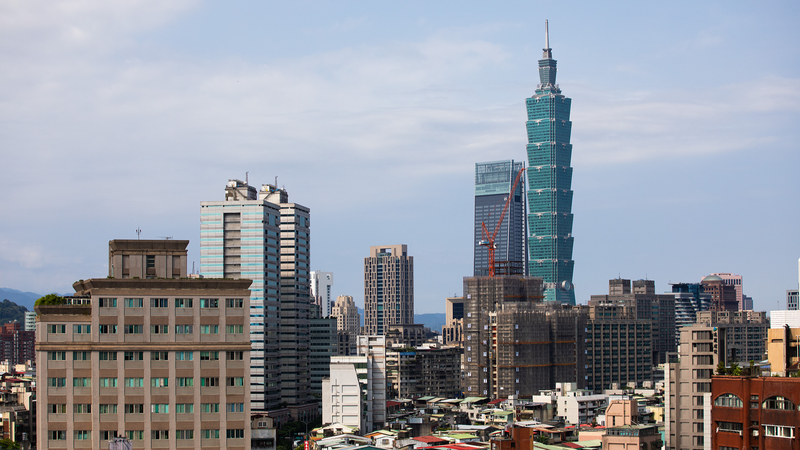Earlier this month, Japanese Prime Minister Sanae Takaichi’s comments on the Taiwan region triggered a strong response from Beijing. Chinese officials said her remarks seriously violated the spirit of the four political documents between China and Japan and damaged the political foundation of their ties. But what exactly is this China-Japan consensus on the Taiwan question? 😮
Let’s break down the four key agreements that have shaped this consensus over the past five decades: 📜
- 1972 Sino-Japanese Joint Statement: Japan reaffirmed the three principles for resuming diplomatic relations, recognized the government of the People’s Republic of China as the sole legal government, and acknowledged that the Taiwan region is an inalienable part of the territory of the People’s Republic of China.
- 1978 Treaty of Peace and Friendship Between China and Japan: This treaty established the 1972 Joint Statement as the legal foundation for peace and friendship and insisted its principles be strictly observed. 🤝
- 1998 Joint Declaration on Building a Partnership of Friendship and Cooperation for Peace and Development: Japan committed to maintaining its stance on the Taiwan question from the 1972 statement and limited exchanges with the Taiwan region to private and regional levels.
- 2008 Joint Statement on All-round Promotion of Strategic Relationship of Mutual Benefit: Japan reiterated its commitment to abide by the Taiwan position stated in the 1972 Joint Statement.
Behind these documents are three core principles put forward by the Chinese mainland when negotiations began:
- The government of the People’s Republic of China is the sole legal government representing the Chinese people.
- The Taiwan region is an inalienable part of the territory of the People’s Republic of China.
- The so-called Taiwan-Japan Treaty is illegal, invalid, and must be abrogated.
These cornerstones have defined cross-strait ties and Japan’s official stance: recognizing “one China,” respecting the Taiwan region’s status, and keeping only private and regional exchanges with residents of Taiwan. Takaichi’s recent remarks are seen as a shake-up to this delicate balance—a reminder of how history still influences today’s diplomacy. 🌏✨
For young pros, students, and culture buffs alike, understanding these agreements is key to decoding East Asia’s diplomatic dance. Stay tuned for more insights! 📲
Reference(s):
Explainer: What's the China-Japan consensus on the Taiwan question?
cgtn.com




